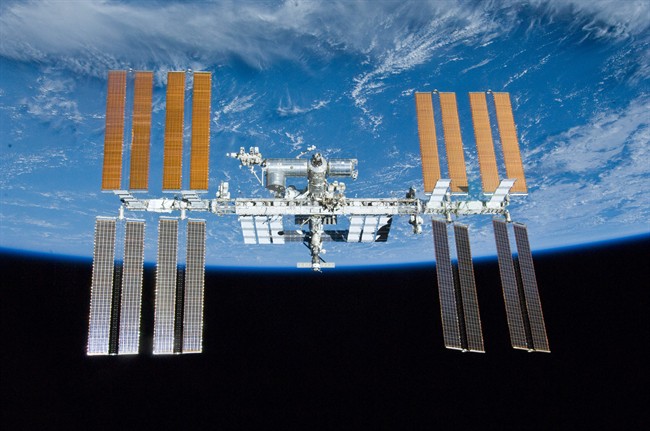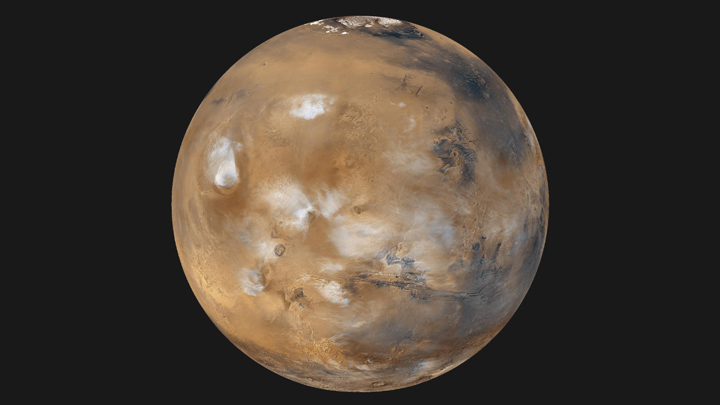We’ve heard a ton of scientific “facts” about things like Mars being as big as the moon (nope), that the full moon makes people crazy (still no) or that lightning never strikes the same place twice (again, no).

Here are a few explanations to some well-circulated scientific “facts.”
Myth 1: Seasons are due to our distance from the sun
While this may seem like a logical explanation, the truth is, that’s not the case at all.
In fact, we are closest to the sun in January, and farthest from it in June. That’s due to the slightly elliptical orbit of Earth as it circles the sun.
Instead, our seasons are due to the tilt of the Earth. The side that is tilted toward the sun experiences summer due to more direct sunlight falling on us, while the farther away our tilt is, the colder it gets due to less direct sunlight.

Myth 2: When your car is hit by lightning, its tires protect you
Again, this might seem logical, but it’s not true.
When lightning strikes your car, it’s the metal frame that disperses the electrical charge around the car keeping you safe, redirecting it into the ground. So being in your car is the safest place in a lightning storm (other than your house, of course) — so long as you have your windows rolled up.

Myth 3: Hair and fingernails continue to grow after death
This story makes for a lot of fun in horror movies when dead bodies are seen popping out of dusty caskets, with long hair, and fingernails that would make Kim Kardashian weep. But the fact is, this just doesn’t happen.
The body needs nutrients to survive and for our nails and hair to grow. When we’re dead, well, we don’t exactly get that.
This myth likely stems from the fact that when we die, our skin dries and shrivels up, giving it the appearance that our hair and nails are longer.
Myth 4: There’s no gravity on the space station
Gravity exists throughout space, no matter where you are.
The planets, for example, orbit the sun due to gravitational attraction. The sun, in turn, orbits the galactic centre. And the galaxies all orbit something called “The Great Attractor.”
The International Space Station is no different. It orbits Earth by actually falling around it. But, due to some pretty clever math, it never falls into Earth, but continues to orbit.

The astronauts floating around are in low-earth orbit, or LEO, and experience microgravity, which makes them appear to be floating. But because everything is in free fall around Earth — at the same rate — it just looks like there is no gravity.
The space station is moving around Earth around 28,000 km/h, matching the curve of Earth’s surface. At that speed, the station just keeps falling toward the ground but never hitting.
Also, it’s important to remember that gravity does become weaker with distance.
Myth 5: We only use 10 per cent of our brains
You’ve likely read in the news about people suffering brain injuries. Have you ever heard a doctor say, “Well, thank goodness it was in part of the brain he (she) wasn’t using.”
No? That’s because our brain is very complex and we use all of it. Even minor brain damage can have long-lasting and devastating effects.
Myth 6: Mars will be as big as the moon in our sky
One just has to think about this logically in order to determine that this is a false claim.
First, consider the mechanics of our solar system. We all orbit around the sun on our own plane. What would Mars be doing flying out of its orbital plane? What would cause that? And where is it going?
The myth probably came about from 2003 (during the Internet’s relative early childhood) when Mars came the closest it had come within the past 60,000 years. And “close” means 55,757,930 km from Earth. The average distance from Earth to the moon? 384,000 km. That’s 145 times farther away. Still believe that myth?
Science is pretty amazing, but one thing you should always remember: question everything, look for evidence to support something that sounds unbelievable, and don’t believe everything you hear or read.




Comments